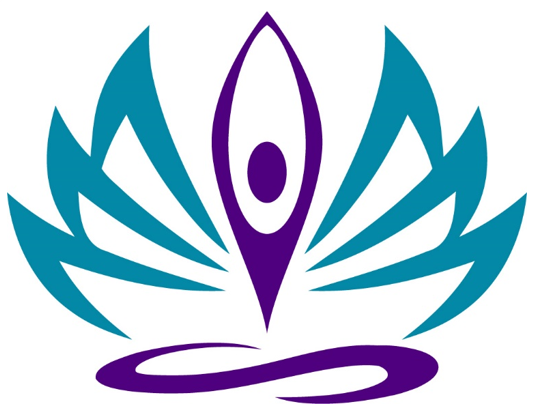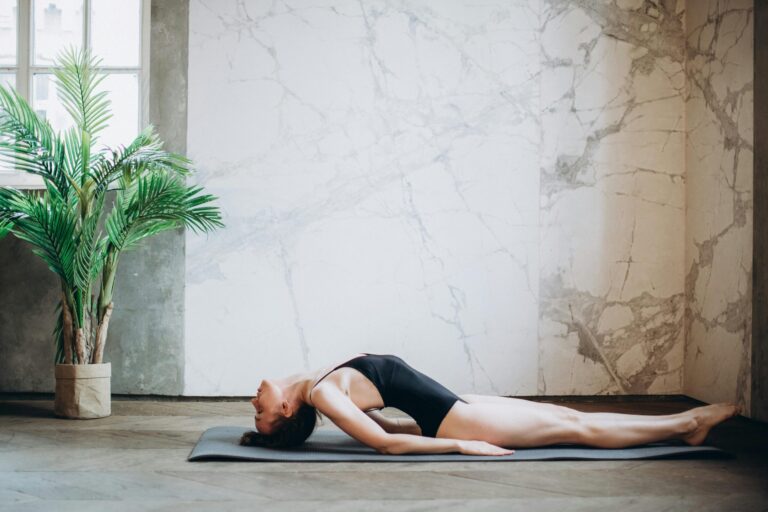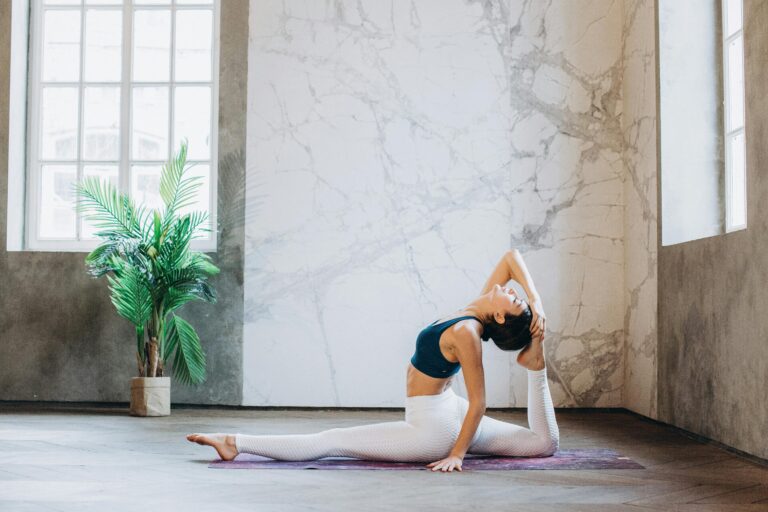Morning yoga for the whole body - flexibility and better posture
A good start to the day begins not only with a cup of tea or coffee, but also with exercise. A morning yoga practice can help to relieve tension, compensate for muscular imbalances, align the body upright and optimize posture in the long term.
Why yoga in the morning?
During the night, we spend many hours in a mostly static position. As a result, our body often feels stiff in the morning, especially in the spine, pelvis and legs.
Through targeted movements and stretches we can:
- Release adhesions in the fascial tissue
- Improve blood circulation
- Promoting the mobility of the spine
- Restoring the balance between stability and mobility
Biomechanical aspects of the morning yoga practice
Morning stiffness is often due to limited joint mobility and uneven muscle tension. The pelvic position in particular plays a decisive role in these two aspects:
- The pool as a central elementAn anterior pelvic tilt often leads to increased lumbar lordosis and can cause back pain and restricted hip mobility.
- Spinal rotation for mobilityRotational postures can help to mobilize the spine and improve the rotation of the thoracic and lumbar spine.
- Stabilize hip and leg axesAsymmetrical muscle tension, such as occurs in the left anterior interior chain (AIC) pattern, can be improved by specific exercises for the adductors, hamstrings and gluteal muscles.
Effective yoga poses for the morning
Watch my 20-minute video for yoga in the morning:
If you don't have 20 minutes or are simply looking for some inspiration, here are some asanas that are a good way to start the day:
1st Downward-Facing Dog (Adho Mukha Svanasana)
This asana stretches the posterior muscle chain (calves, back of the thighs, back).
- Start in a quadruped position
- Place your hands shoulder-width apart and your feet hip-width apart on the mat
- Lift your buttocks upwards and stretch your legs as far as feels comfortable.
- Actively press your hands into the mat and let your head hang relaxed.

2. malasana (deep squat, yogi squat)
The deep squat promotes outward rotation of the pelvis and stretches the lower back muscles.
- Place your feet slightly wider than hip-width apart and bend your knees so that you come into a deep squat position.
- Hold the hands in front of the chest (Namaste position) and gently press the elbows against the knees to open the hips.

3rd Warrior 1 Variation / Deep Lunge (Virabhadrasana I Variation)
This asana stretches the hip flexors, promotes inward rotation of the pelvis and strengthens the leg muscles.
- Start in a standing position and take a big step backwards with one foot.
- Bend the front knee while the back leg remains fully extended.
- Raise your arms up and keep your upper body facing forward.
- Hold this position for 20-30 seconds and feel the muscles in your front thigh
- Switch legs and repeat the asana on the other side.

4. prasarita padottanasana (wide-legged forward bend)
This asana stretches the hamstrings and inner thigh muscles and promotes outward rotation of the pelvis.
- Place your feet wide apart (slightly more than the width of a mat)
- Bend forward with your back straight and place your hands on the floor or grasp your ankles.
- Hang your head loosely.

5. tadasana (mountain pose)
Promotes conscious body alignment and helps to maintain an upright posture for the rest of the day.
- Stand upright with your feet together or hip-width apart
- Tense your thighs slightly and gently pull your belly button inwards.
- The shoulders are relaxed and the palms are facing forward.
- Shift your body weight more onto your heels than your toes.

Conclusion
A morning yoga practice is more than just a routine - it is an investment in healthy posture and good flexibility. By consciously working with biomechanical principles, we can specifically compensate for muscular imbalances and achieve better posture in the long term. Try it out and start your day with more ease and stability!







